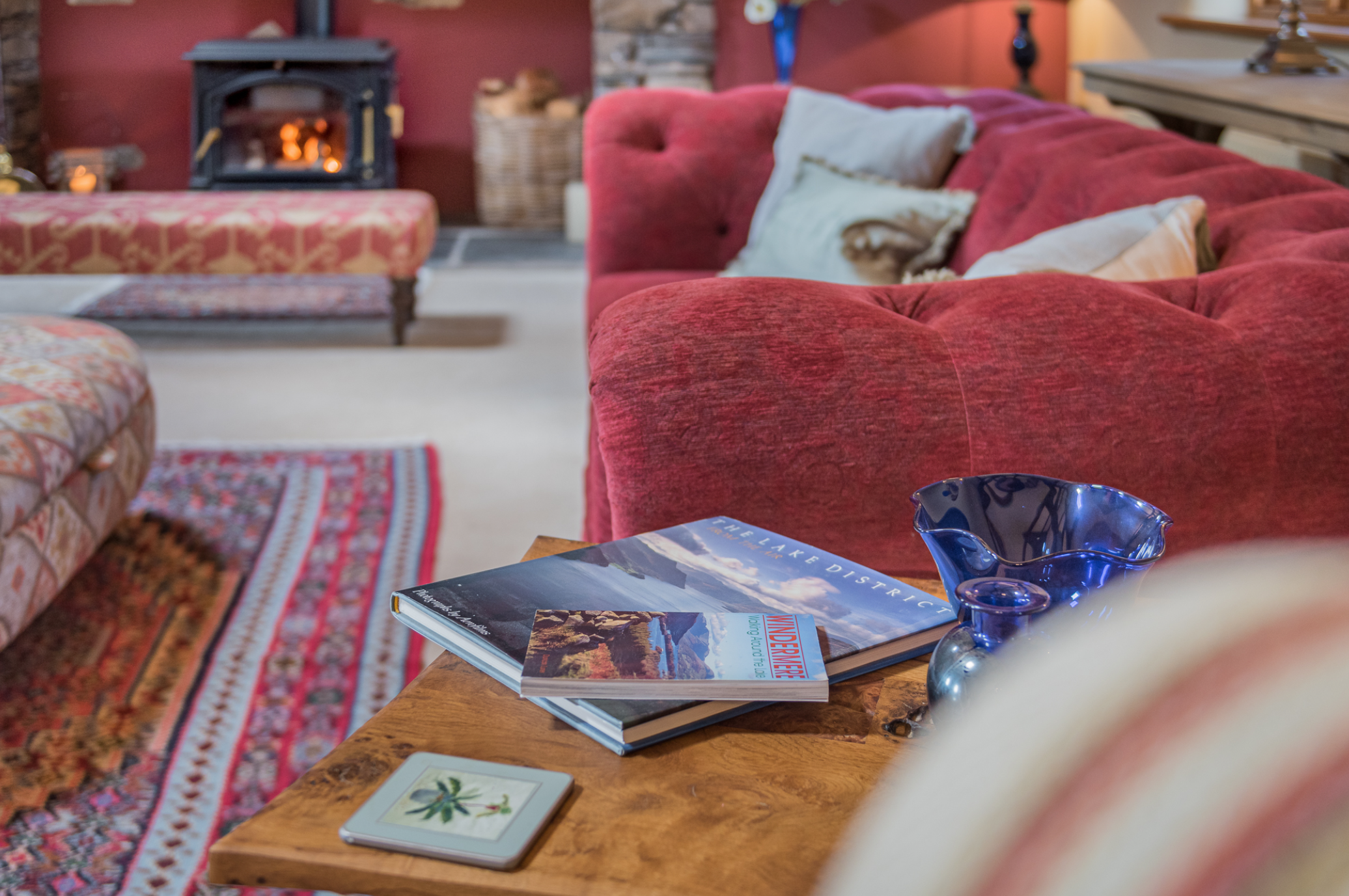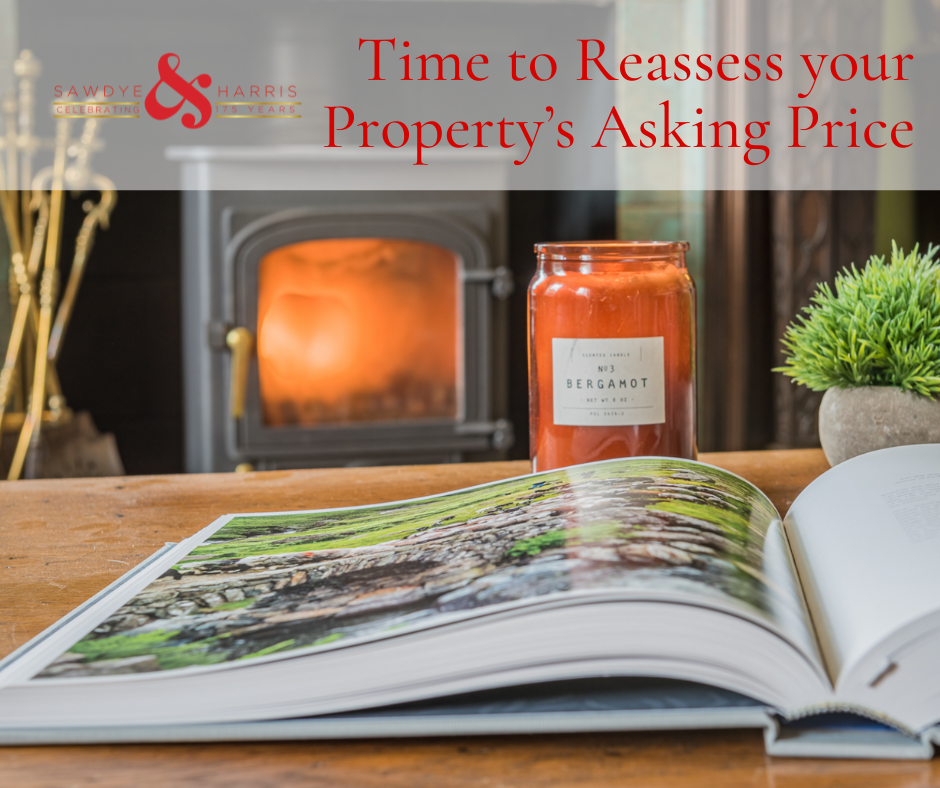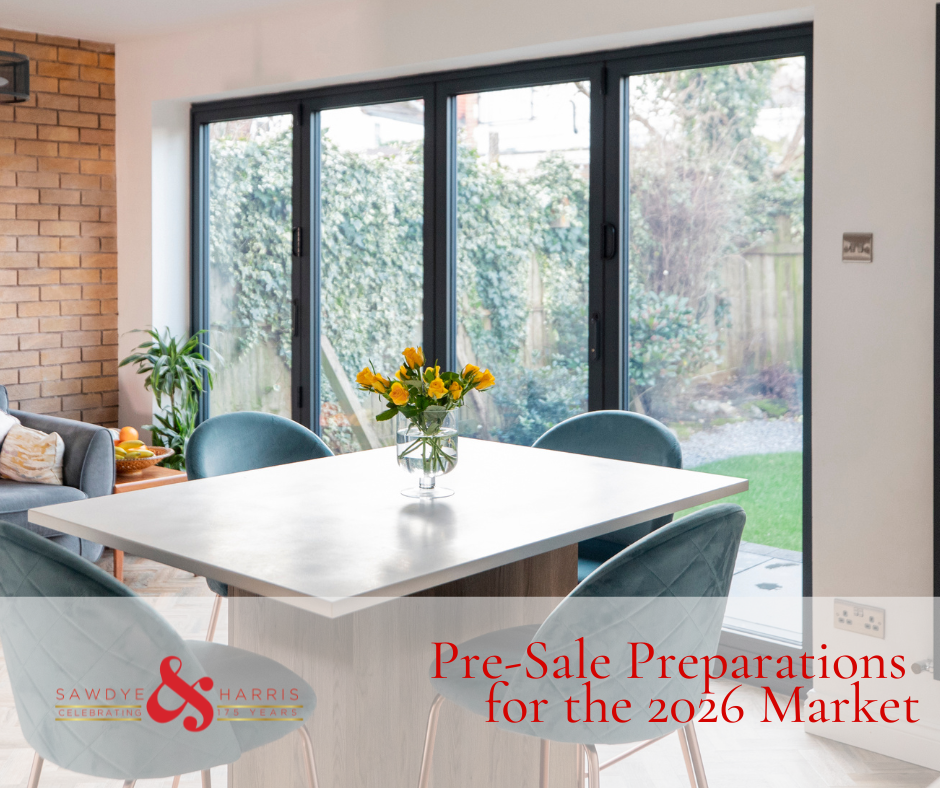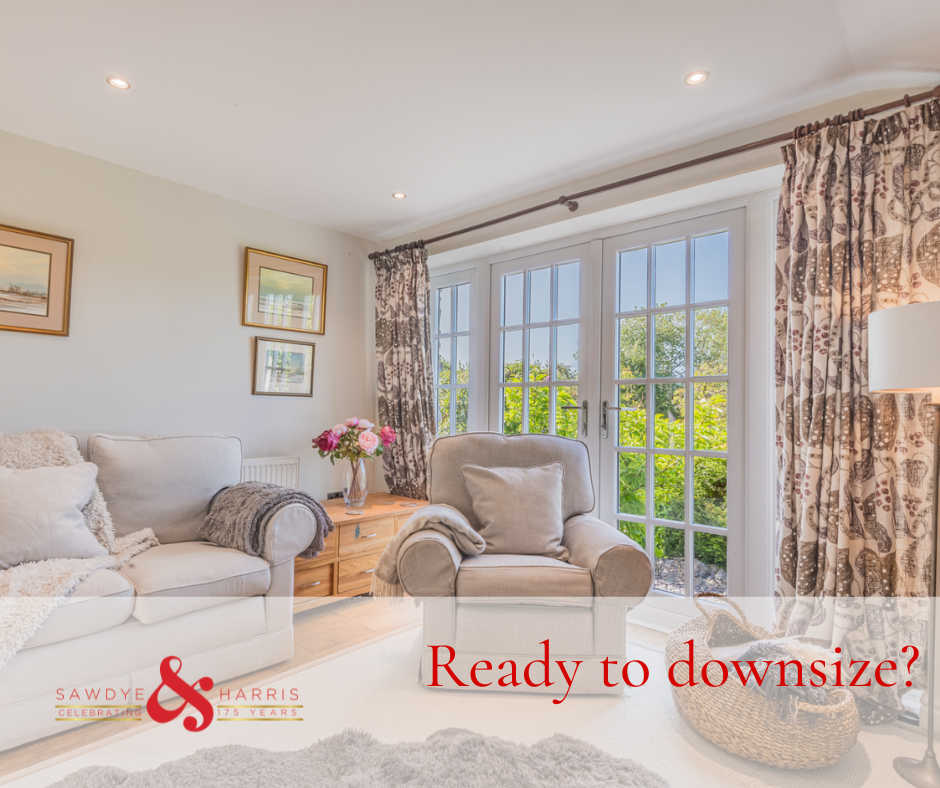Time To Reassess: Your Property's Asking Price
If your home has been on the market for a while without any bites, you might be contemplating a reduction in your asking price. This step is often suggested by estate agents when they run out of strategies, motivation, and, crucially, confidence in the current price.
But is lowering your asking price truly the best way to sell your home more effectively?
For some properties, a price drop can indeed spark new interest from buyers who previously found your home out of reach. This move may be essential for sellers facing urgent relocations or potential repossession.
However, for many homes (especially those in the premium segment) reducing your asking price isn't always the solution and can even detract from your chances of attracting serious buyers.

To assist you in navigating this decision, we’ve put together a list of DOs and DON’Ts regarding price reductions to help you achieve the outcome you desire and move forward with your life:
DON’Ts
-
Avoid dropping your asking price by less than 10%
A minor reduction won't significantly impact buyer interest. Typically, buyers consider homes priced within 10% of their budget, so a drop of at least that magnitude is necessary to attract new attention.
-
Don’t make frequent small price cuts
Multiple small reductions can raise suspicions among buyers about potential issues with the property. A history of frequent price drops can signal red flags, making your home less appealing. Instead, aim for one substantial reduction.
-
Don’t attempt to exceed the highest price in your area
Setting a price above the highest sale in your neighbourhood can make buyers anxious and deter surveyors. Unless necessary, keep your asking price below the highest recent sale in your locality.
-
Don’t give buyers an excuse to offer low
Ensure your home is beautifully presented. A well-styled property enhances its appeal and helps buyers envision their future there. If you're interested in our home styling services as part of our marketing strategy, feel free to reach out, we'd love to assist!
DOs
-
Do inquire why a price reduction is needed
Your home was initially valued based on solid research by a local expert. Understanding any changes in market conditions or demand will empower you to make informed decisions about whether to lower your price or hold firm.
-
Do adjust to the next Rightmove price band
Check Rightmove for appropriate pricing bands. For instance, if your home is listed at £399,999 but the band starts at £400,000, aligning with these bands will increase visibility in buyer searches.
-
Do ask your estate agent the right questions before reducing
If you’re feeling pressured to lower your price or have time constraints, discuss alternative strategies with your agent. Consider enhancing your marketing approach; new lifestyle photographs or unique shots could attract fresh interest.
-
Do allow some negotiation space, but not excessively
Generally, expect to achieve around 95% to 97% of your asking price after negotiations. For example, if you reduce an asking price from £400,000 to £375,000, you might ultimately receive significantly less due to the negotiation losses.
-
Do calculate your price per square foot
This method can provide a more accurate valuation than other approaches. Create a comparison spreadsheet of similar properties in your area to understand how yours stacks up.

Final Thoughts
Sometimes it’s more beneficial to move on than to hold out for a slightly higher price. If you’re facing deadlines or personal reasons for selling quickly, it may be time to adjust your expectations and embrace the next chapter of your life. If you’d like to discuss this further, we’re here to help, get in touch here.





